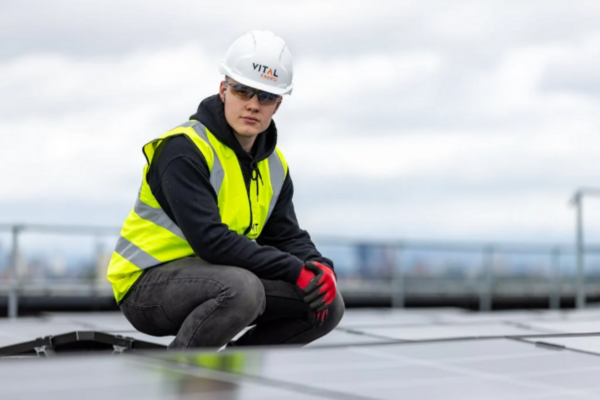The renewable energy sector saw rapid growth in 2023, with global jobs increasing from 13.7 million in 2022 to 16.2 million in 2023. This 18% rise, reported by the International Renewable Energy Agency (IRENA) and the International Labour Organization (ILO), reflects growing efforts to expand renewable energy capacity. Over the past decade, jobs in this sector have more than doubled, as highlighted in the 2024 report by IRENA and ILO.
The momentum to decarbonize energy systems has been reinforced by global calls, including those made during COP28, to triple renewable energy capacity by 2030. If this goal is achieved, the renewable energy sector may experience its fastest growth in the next five years.
In response to the increasing demand for skilled professionals in this field, universities are offering programs focused on renewable energy. The American University of Ras Al Khaimah (AURAK) in the UAE provides a Master of Science in Sustainable and Renewable Energy. This program covers solar, wind, geothermal, and hydropower technologies, as well as energy management, storage, and policy.
According to Prof. Stephen Wilhite, Senior Vice President at AURAK, renewable energy offers career opportunities for students in a rapidly changing job market. He highlighted the growing demand for engineers as countries work to meet global renewable energy targets, including the UAE’s Energy Strategy 2050.
Prof. Khalid Hussain, Dean of AURAK’s School of Engineering, explained that the program equips students to manage and design complex energy projects, preparing them for roles in research, industry, and government. Graduates can work in energy companies, policy development, environmental impact assessment, and other areas tied to sustainable energy.
Globally, solar photovoltaic (PV) continues to lead job creation, employing nearly 4.9 million people in 2022, followed by liquid biofuels, hydropower, and wind energy. According to the World Economic Forum, renewables are expected to surpass coal as the largest source of electricity by 2025.


